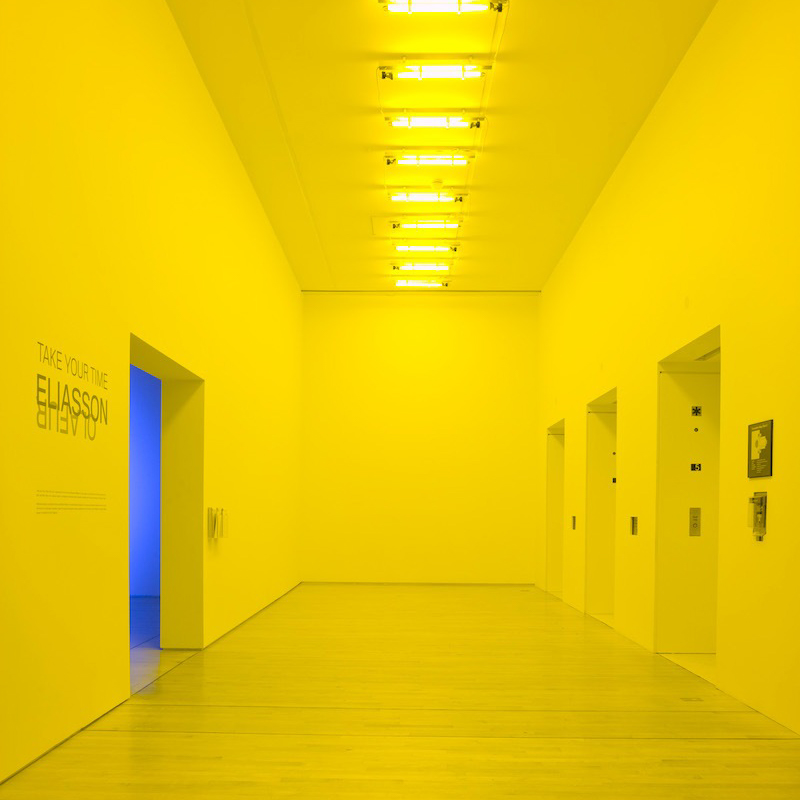The Fascinating History of Italian Lustreware
For centuries, Italian artisans have been renowned for their exquisite pottery and ceramics. Among these, lustreware stands out as a unique and intricate art form. Lustreware refers to pottery or ceramics that have a metallic sheen, giving them a lustrous appearance that shimmers with different colors in the light. The origins of lustreware in Italy can be traced back to the Islamic world, where the technique was first developed during the medieval period. From there, it spread to Spain and Italy, where it was widely embraced and developed into distinctive local styles.
One of the most prominent centers of Italian lustreware production was the city of Faenza in the Emilia-Romagna region, which still remains a hub of artisanal pottery today. The earliest known examples of Italian lustreware date back to the 14th century, when it was used to decorate mostly religious objects such as chalices and reliquaries. Over time, the technique evolved and expanded to include more diverse shapes and functions, from plates and bowls to vases and jugs. Italian lustreware became a prized export, admired for its exceptional beauty and craftsmanship.
The Revival of Lustre Italien Moderne
In recent years, there has been a renewed interest in Italian lustreware, as a new generation of artists and designers seek to reinvigorate this ancient tradition. One noteworthy example is the Lustre Italien Moderne project, which was initiated in 2010 by designer and curator Giulio Iacchetti, in collaboration with the Italian ceramic company Richard Ginori 1735. The project aimed to create contemporary lustreware pieces that honor and build upon the heritage of Italian lustreware.
The Lustre Italien Moderne collection features pieces designed by some of Italy’s most prominent contemporary designers, such as Aldo Bakker, Fernando and Humberto Campana, and Formafantasma. The collection encompasses a wide range of forms, from cups and saucers to candle holders and sculptures. Each piece is handcrafted by skilled artisans, using the ancient techniques of lustreware as well as modern technologies and materials.
The Alluring Aesthetics of Lustre Italien Moderne
What sets Lustre Italien Moderne apart from other contemporary ceramics is the way it combines historical craftsmanship with contemporary design sensibilities. The lustre technique itself is a testament to the mastery of the artisans who employ it, as it requires a delicate balance of materials and firing techniques to achieve the desired effect. Each piece is unique, as the final appearance of the lustre depends on factors such as the type of clay, the glaze composition, and the firing temperature and duration.
But the Lustre Italien Moderne pieces are not only beautiful because of their technical mastery; they also showcase the creativity and innovation of their designers. The forms are often minimalist and abstract, with clean lines and bold shapes that highlight the lustrous surface. The colors range from subtle pastels to bright metallic hues, offering an endless array of visual effects depending on the angle of light. Whether on their own or in a group, Lustre Italien Moderne pieces add a touch of elegance and sophistication to any interior.
The Future of Lustre Italien Moderne
As Lustre Italien Moderne and other initiatives demonstrate, the art of lustreware is far from being a relic of the past. Rather, it remains a vibrant and evolving tradition that can inspire new generations of artists and designers. By combining respect for the past with a vision for the future, Lustre Italien Moderne shows us that lustreware is not just a decorative object, but also a rich cultural heritage that deserves to be cherished and renewed.
Lustre Italien Moderne offers a fascinating look into the world of contemporary Italian lustreware, highlighting the enduring allure and creativity of this ancient art form. From its origins in the medieval Islamic world to its present-day revival, lustreware has inspired generations of artisans and designers to create objects of rare beauty and refinement. As we continue to appreciate and explore the possibilities of lustreware, we can gain a deeper appreciation for the rich cultural heritage that continues to shape our world today.
